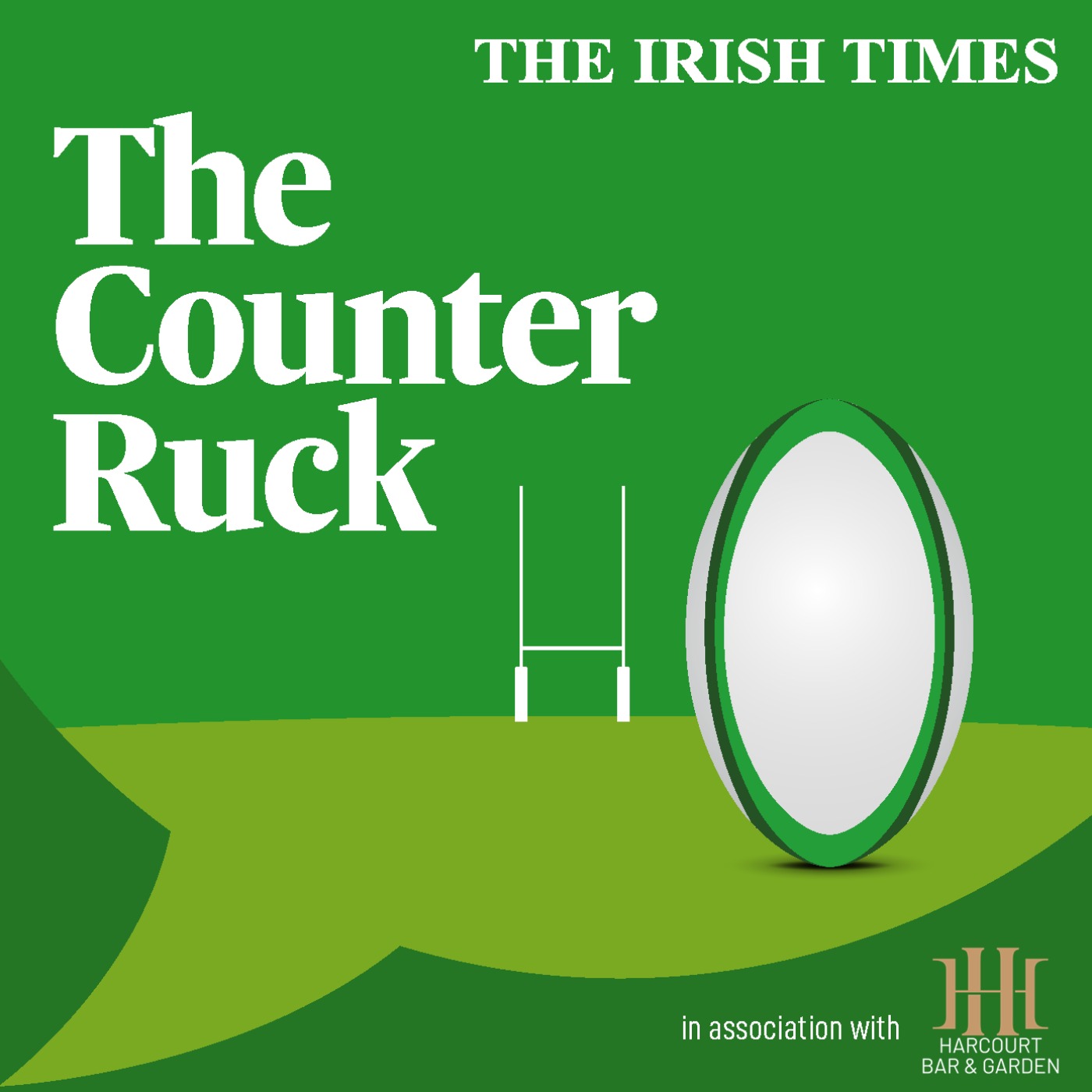The location was Stade de France, Paris, about 9.50pm local time last Saturday. Had my eyes just deceived me or had we all just witnessed a seminal moment?
After a long discussion with his assistants, Australian referee Angus Gardner brandished a straight red card in the direction of Lood de Jager. The Springbok headed off, not to return and not to be replaced after 20 minutes. The officials had decided that not only did the offence reach the yellow card threshold, but it also reached red.
World Rugby clarified in August that the straight red card would be applicable for acts that are “highly dangerous and intentional”. So, thankfully, it’s not just the horrible fouls, such as biting, headbutting, testicle grabbing and so forth.
De Jager’s action certainly merited the dismissal. However, getting consistency in the interpretation of those words – particularly “intentional” – across the two hemispheres will not be easy. There has always been immense, nearly intolerable pressure, from coaches, commentators and pundits down south that the straight red should only be utilised for egregious acts. That is unlikely to change, making things very difficult for the officials.
READ MORE
However, while I agree completely with Gardner’s decision, it did seem to follow advice received from his on-pitch assistants and the TMO, all of whom were from the north. Initially, it seemed as though the referee would send the offence to the bunker, where the maximum penalty is the 20-minute replacement red.
There has been a hue and cry about this card in South Africa and elsewhere down south. Leadership is needed on this from World Rugby. It can take the shape of a clear, unequivocal statement that it was correct not to go to the bunker – that the issuing of a red card was appropriate.
Thomas Ramos, France’s star player, was on his knees when De Jager charged into view. Leading with a hard shoulder, he struck the French player to the head, full force, no holding back of his massive 125kg. It was not just a cheap shot; De Jager had a clear line of sight from a long way out. His action was brutally dangerous with no mitigation to be found.

Are Ireland sliding down rugby's global pecking order?
There are plenty of people who claim Ramos was so low that De Jager had no other option. This viewpoint doesn’t come close to cutting the mustard. If it was the only option – which it wasn’t – the choice to pull the trigger should never have been taken. There are others who tell us that as Ramos did not need a head injury assessment (HIA), the foul play was not so serious. As if that fact is somehow relevant to the decision.
Do those who peddle this reasoning really believe that the level of injury should dictate the punishment? It would certainly make for a very interesting sanction chart. However, given the severity of the hit, a HIA for Ramos would certainly have been appropriate. France need to explain why it didn’t happen.
South Africa were outstanding; it was yet another performance to be saluted. They went on to win a match of ferocious intensity. Ireland will know what’s coming. Shrugging off the red card, the Springboks got down to business and demonstrated that the loss of a player can be overcome.

Referee Gianluca Gnecchi has done well recently, but his performance in Ireland’s win over Japan fell somewhat short. He was far too laid back, to the point of casualness, particularly failing to deliver a yellow card for repeated infringements as Ireland racked up the penalty offences.
When Jacob Stockdale made a shambolic attempt to tackle, he nonetheless succeeded in making head contact with Kippei Ishida, who went past him. The Irish player rightly went to the bin. At the same moment, Gnecchi was in the process of awarding yet another penalty against Ireland. Right there, he should have produced a second yellow and reduced Farrell’s team to 13. An interesting 10 minutes would have followed.
Eddie Jones has pointed to the referee’s interpretation of a tight non knock-on decision. The hesitating Japanese players seemed to wait for the whistle instead of playing until they heard it. It left Nick Timoney pretty much home free as he ran through to touch down. Jones may also look at a potential side-entry by the same player just a few breakdowns earlier.
[ Rassie Erasmus’s coaching takes South Africa to a higher levelOpens in new window ]
Across all the matches, we did see a welcome effort by the referees to address breakdown side-entry, which was long overdue. But protecting possession by sealing off the ball is too often escaping sanction. On Saturday, Ireland and Australia will want fast ball, and if a few penalties are needed to get it, then referee Karl Dickson shouldn’t shirk them.
In a way, both teams are wounded and that will surely add spice. As will the tactical battle between Joe Schmidt and Andy Farrell, in which the master and the commander will be vying for bragging rights.
We could do without foul-play cards, which is more up to the coaches and players than the man in the middle. However, should it be necessary, please don’t shoot the referee; he is but the messenger.


















